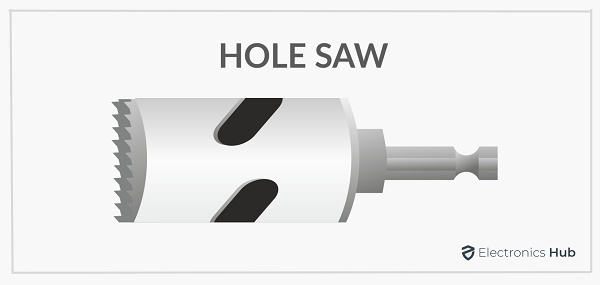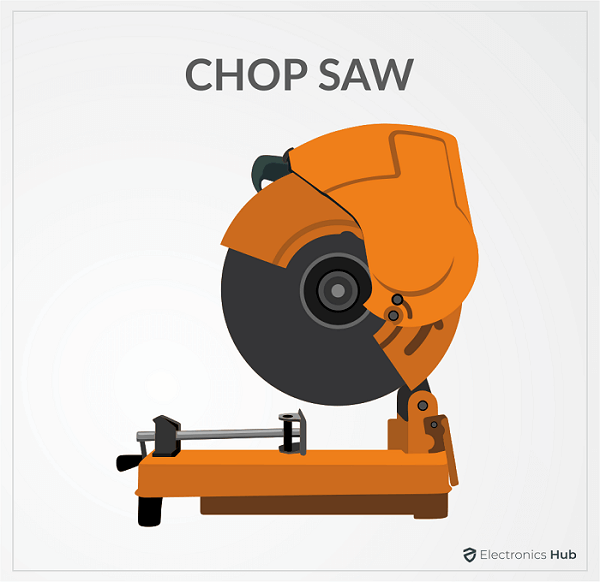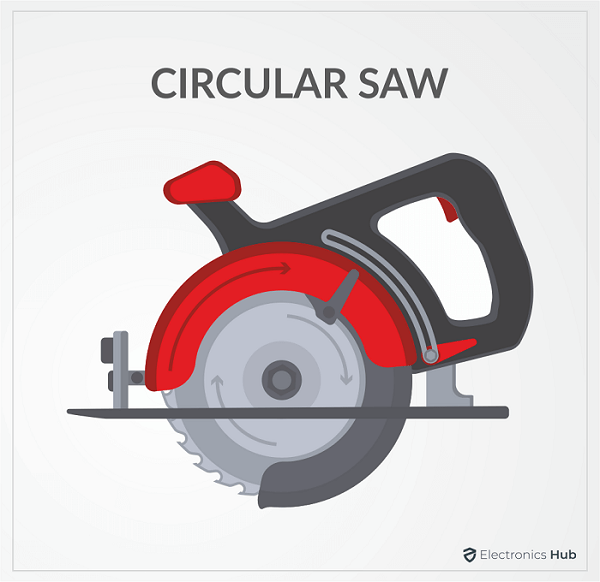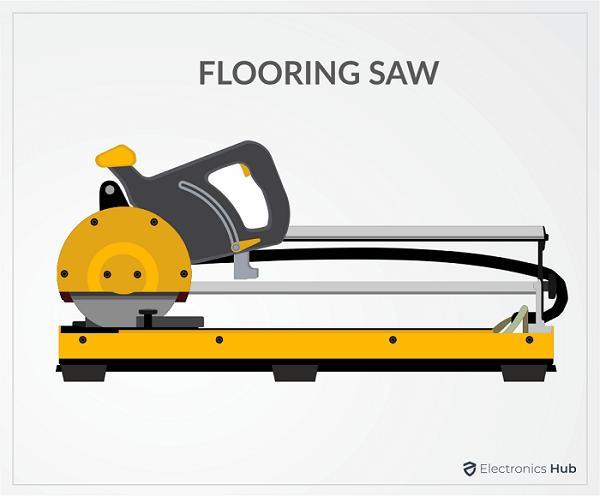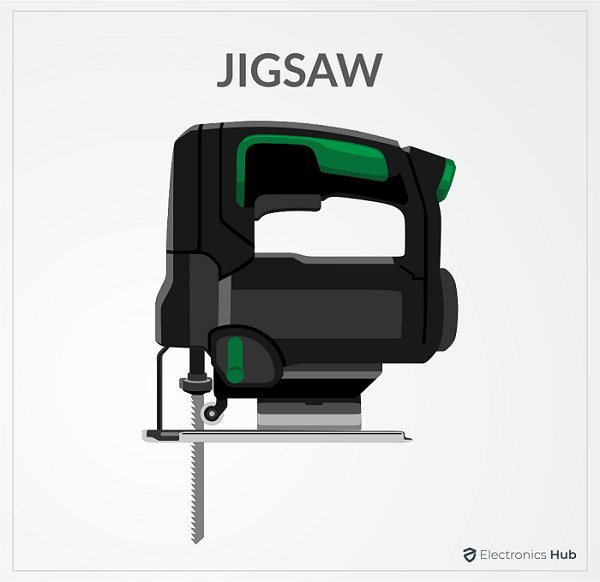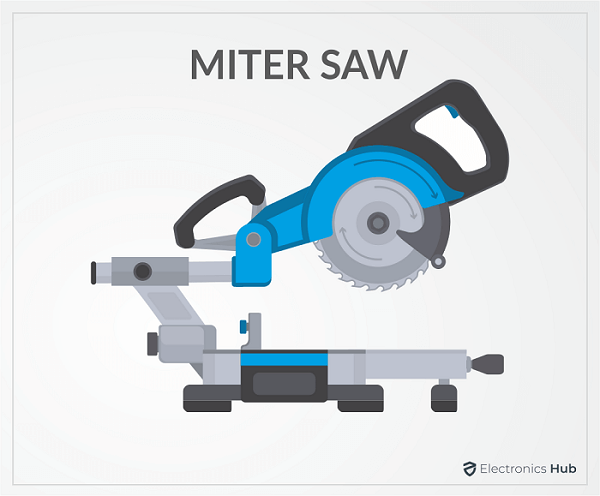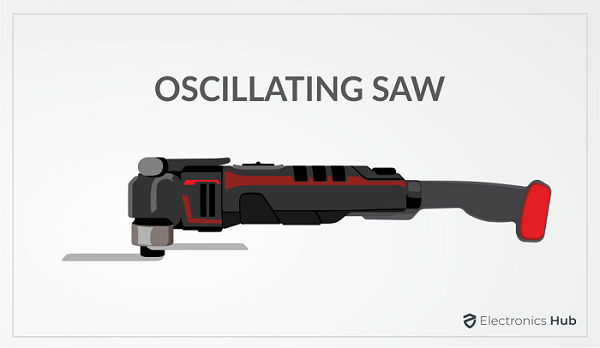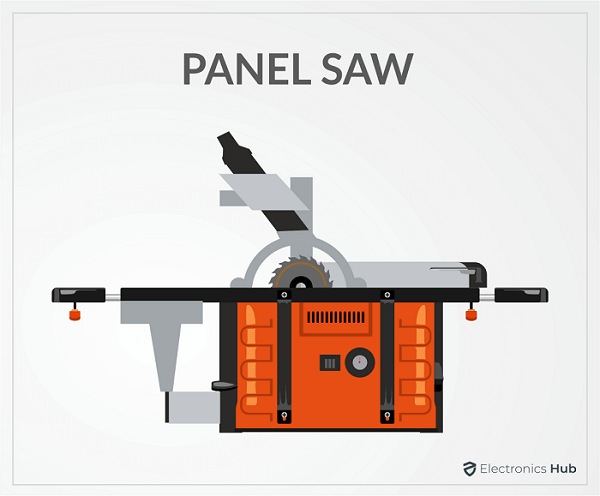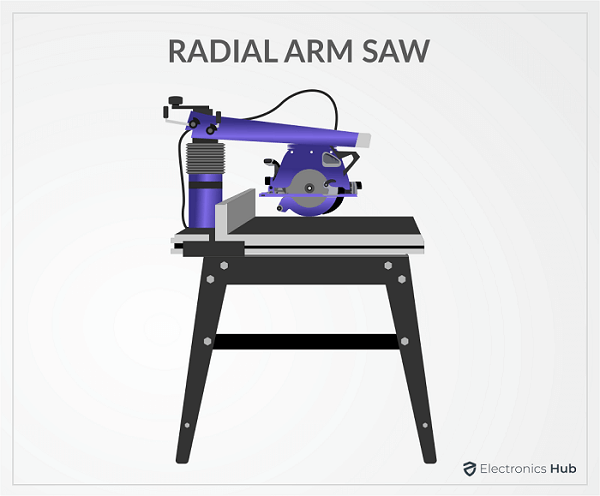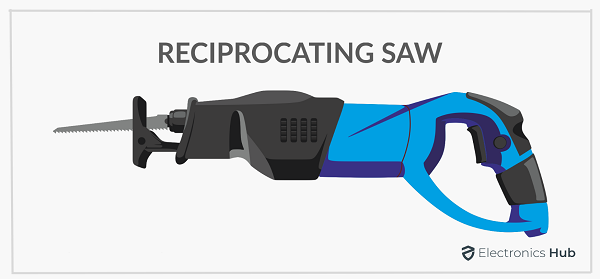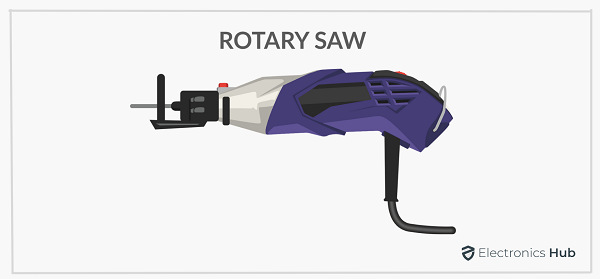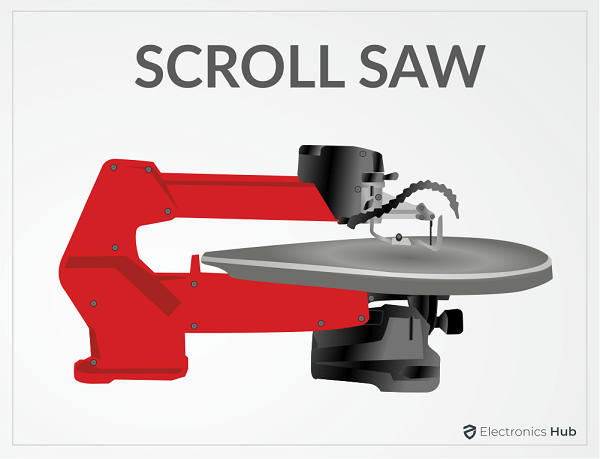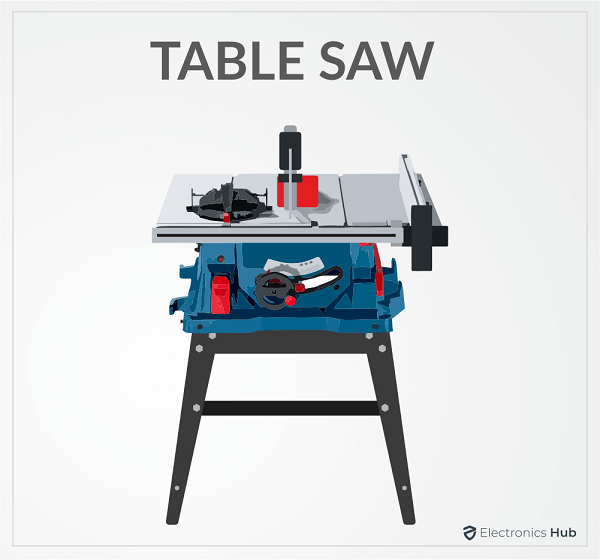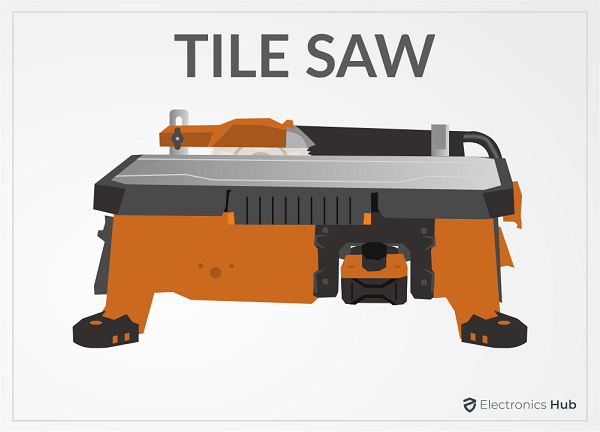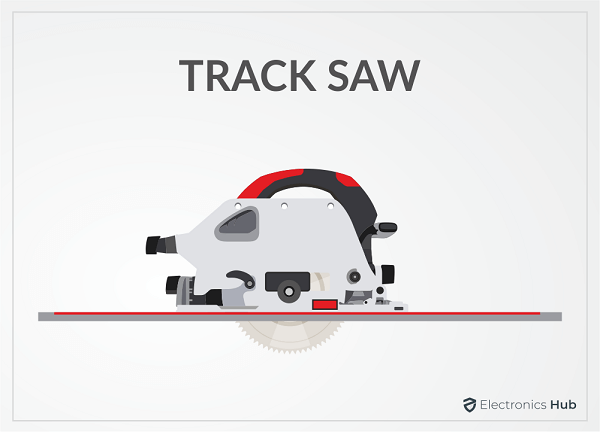Saws are one of the most essential equipment that are used to cut different materials. They have been in use for thousands of years.
While initially, they were only used to cut wood, the modern saws can cut a wide range of materials with a high level of precision. The modern saws are powered using electricity, gas, and other fuel which makes them more powerful.
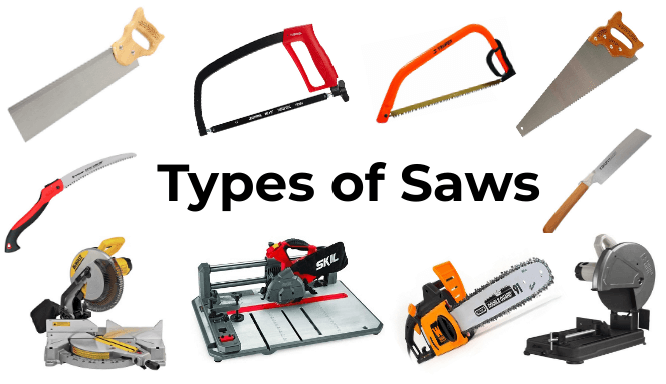
There is also one other main factor – teeth per inch (TPI). The saw blades that have a higher TPI rating will produce smooth and clean cuts.
The article covers the complete list of different types of saws out there and highlights the best use of each saw.
Different Types of Saws and Their Uses
Hand Saws
As the name implies, a hand saw is not powered by gas or electricity. You have to use your hands to generate force and cut the wood. Some types of hand saws are used as general cutting tools while other types are designed for a specific style of cutting.
Here is a complete list of different types of hand saws,
1. Back Saw
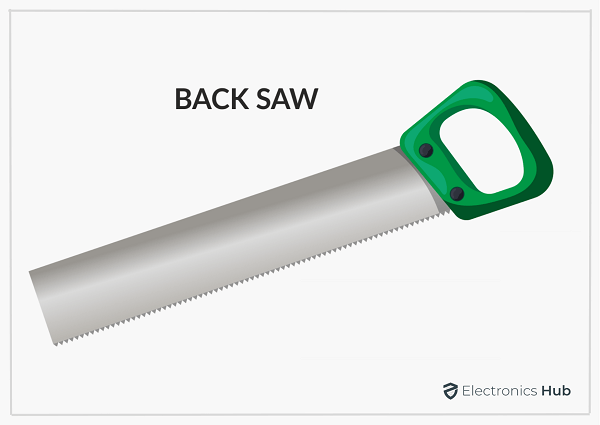
The black saws are ideal for producing straight cuts and right-angled cuts. They also go under the aliases of miter saws and tenon saws.
Bow saws are ideal for cutting logs, pruning, and trimming trees. In some cases, they are also used to provide rough cuts. You can use the coping saw for trimming, scrolling, and making precision cuts. The bigger crosscut saws come with handles on each end of the blade and are used by two people. These are used to cut the wood perpendicularly. But you cannot rotate the blade which makes it difficult to position the saw while making intricate cuts. Using this, you can cut metal, wood, plastic, and any other materials. The hacksaw is most commonly used for cutting pipes and tubing. The hole saws are fitted to a drill which allows you to cut holes in wood, concrete, metal, plastic, and other materials. Depending on the material you want to cut, you can choose the blade material. You also have the option of going with bi-metal hole saws that allow you to cut more materials. But, if you want to cut through harder materials, you want a hole saw whose teeth are coated with diamond or carbide. The Japanese saws come in three different types – kataba, ryoba, and dozuki. With the Japanese saw, you can cut soft and hardwood with a high level of precision. Using this, you can remove small circular portions from drywall or make patterns in wall interiors. The latest models of pole saws are more powerful and come with either gas or electricity as a fuel source. The pruning saw is commonly used by landscapers, lawn services, and tree surgeons. Using this, you can put puncture through or put small holes in drywall. It is normally used to make starter holes for drilling or using other such power tools. The power saws serve cutting purposes that are very different from the handsaws. While some power saws have evolved on the capabilities of handsaws, they are not used for the same purposes. They find their own applications. The power saws are generally clustered into three different groups – Continuous band, Reciprocating blade, and Circular blade. Below, you will find a complete list of the different power saw types available in the market. The band has fine teeth on its surface that cut through almost all materials when you place them on the cutting table. Using this, you can make curve cutting on woods and cutting tubes, PVC, and piping. You can also trim boards to shed their thickness using this saw. But, the drawback is you can only make the cut for a few inches. Besides, it is time-consuming and you need a lot of patience. But with this, you can only cut pipes up to a maximum diameter of 3 to 4 inches. Besides, if you want to make straight cuts, you have to put in extra effort. Other Types of Chainsaws: Chop saw is one of the largest portable circular saws that you will find in the market. It comes in either a metal or a concrete cutting version. The later version reduces dust when you are cutting by including a connection for a water line. The blades of the chop saws do not contain any teeth. Instead, they are made of special abrasives that cut through the materials. The chop saws go by different names such as abrasive saws, cut-off saws, and concrete saws. The circular saws are the most frequently used power saws. The blades of these saws are covered by tooths and measure 7 to 9 inches in diameter. These saws are very versatile and you can cut different materials such as metal, wood, plastic, and masonry by changing the blades. The flooring saw is a specialized saw that is used to resaw flooring. The saw is portable which saves a lot of time as you do have to spend time moving the materials. Besides, the flooring saw replaces the miter saw, table saw, and other accessories that you need to cut flooring. Jigsaw features a shirt blade that moves up and down at different speeds you preset. The blade has fine tooths that cut materials. The jigsaws come with corded and cordless options. The cordless ones allow you to move freely without being restricted by wires. Using the jigsaws, you can cut curves and other non-straight lines on different materials. For thicker materials, you can increase the speed of the blade. The miter saw resembles a handsaw and is used to trim materials and make precision angle cuts. The saw can rotate up to 45 degrees on either side and you can set it up at an angle based on the cut you need. As the name implies, it has an oscillating blade located at one end. You can change the blade depending on the material you want to cut. Apart from cutting, you can also grind, remove caulk or grout, and scrap materials. The panel saw come in horizontal and vertical alignments that are used to cut large panels. The horizontal panel saw has a sliding feeding table where you place the material to be chopped. In the case of vertical panel saws, you have to either feed the material or attach a blade that slides through the panel. Using the radial arm saw, you can create identical miter cuts, compound cuts, and more. This saw has a motor and blade fitted to an arm that extends over the cutting table. Some radial arm saws have the option to replace the straight blade with a circular blade. The reciprocating saw features a short blade that moves back and forth to cut the materials. Using the reciprocating saw, you can cut wood and plastics. You can also use it to cut below the walls or joints made by woods as the saw is capable of cutting nails as well. These saws come with a screwdriver-design handle and a fixed blade. It is most commonly used for cutting through concrete walls, paneling, and other minor cutting tasks. The scroll saw features a rotating feeding table and a blade connected to an arm. The blade cuts the materials while the table is rotating to create curves that have sharp edges. The table saw uses a motor that rotates at high speed to operate the blade. You can change the cutting depth by modifying the length of the blade from the table. You can use either a masonry blade or a metal blade for cutting purposes. But, you have to make sure that the blade supports the rpm of the motor. The tile saw uses a blade that is coated with diamond to make cuts on hard surfaces. It has a water cooling system that prevents it from overheating. For ensuring straight cuts, it comes with a miter. One of the specialties of this saw is that you can cut glass without breaking it. But you have to choose the correct blade and model to achieve glass cuts. The track saw connects to a gliding rail that makes it resemble a circular saw. You have to place the material on the rail and move the blade along the rail to create the desired cut. Over the years, saws have evolved into specialized cutting tools that are used for specific cutting purposes. As you have seen, you can not use the same saw to cut different materials. If you want to get a specific cut, you have specialized saw types for that as well. Based on the material you want to cut and the desired cut, you can opt for a saw from the above list. If you still have difficulties in choosing a saw, please let us know using the comments section. We will help you out. You can also post your thoughts and opinions in the comments box.2. Bow Saw
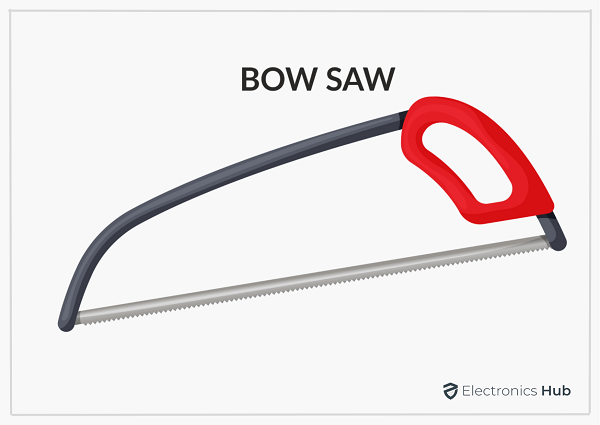
3. Coping Saw
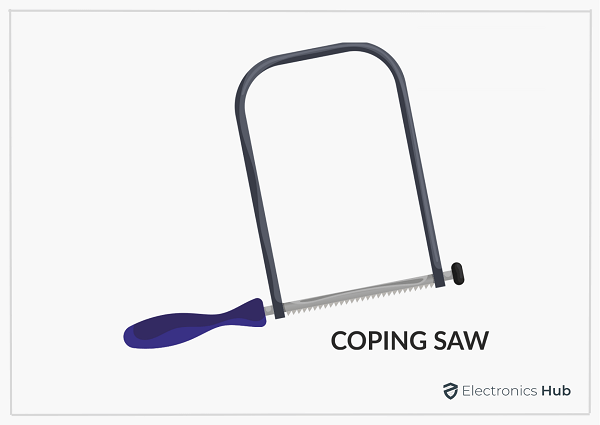
4. Crosscut Saw
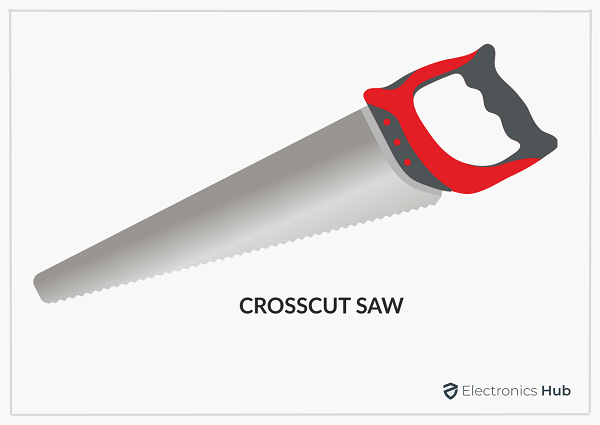
5. Fret Saw
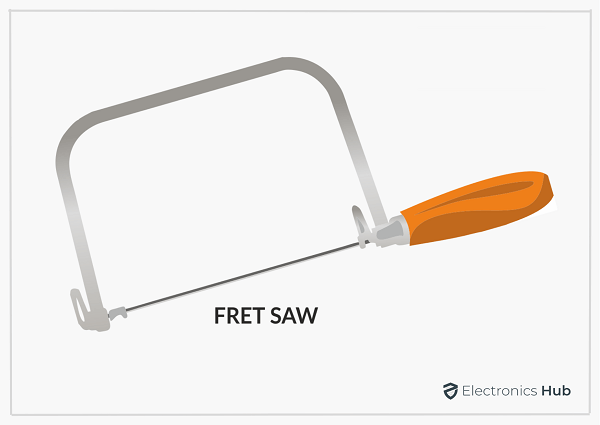
6. Hacksaw
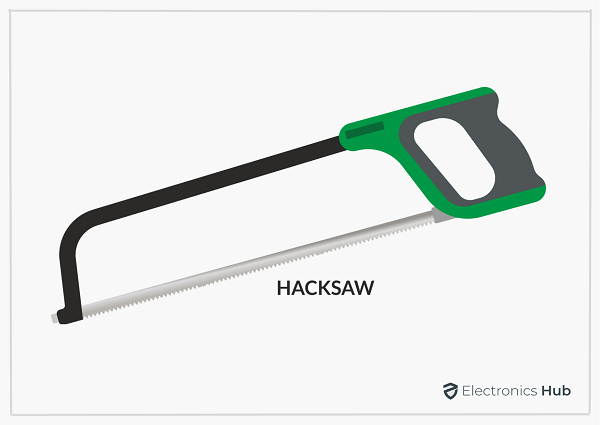
7. Hole Saw
8. Japanese Saw
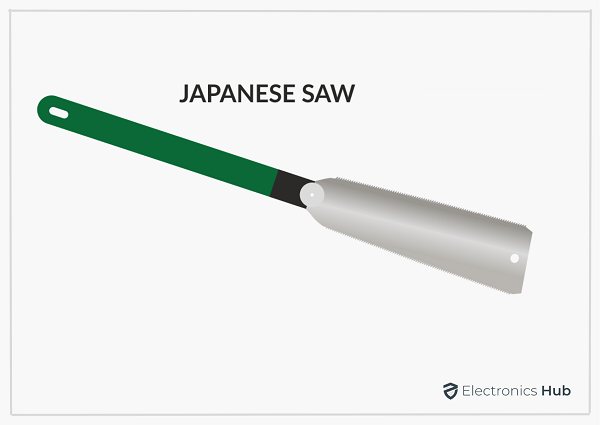
9. Keyhole Saw
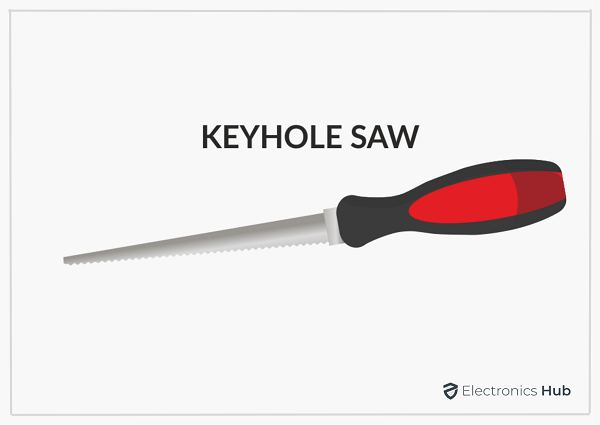
10. Pole Saw
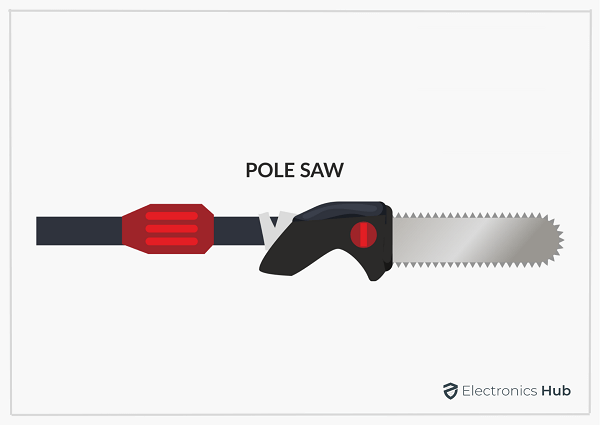
11. Pruning Saw
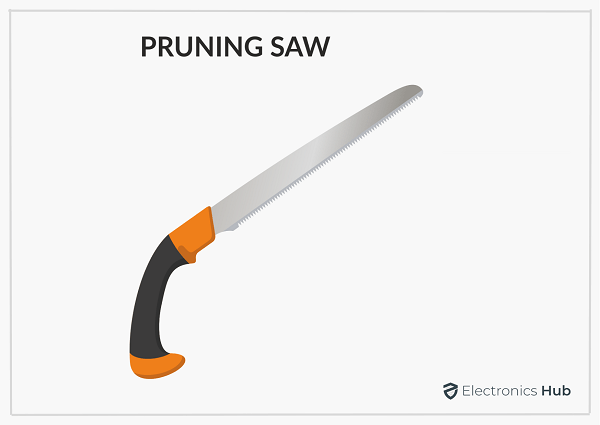
12. Rip-Cut Saw
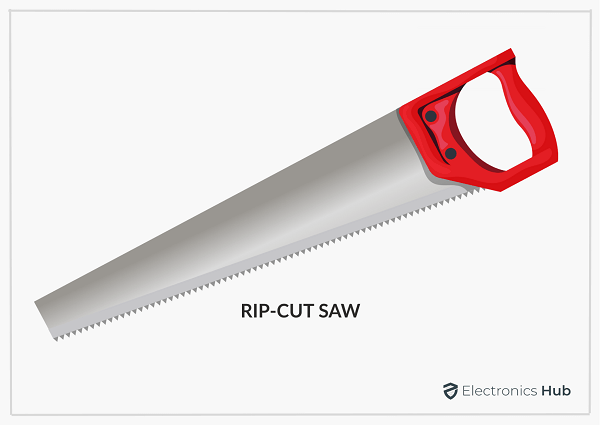
13. Veneer Saw
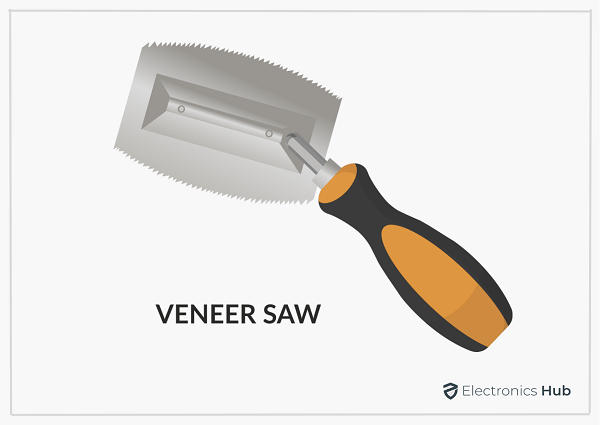
14. Wallboard Saw
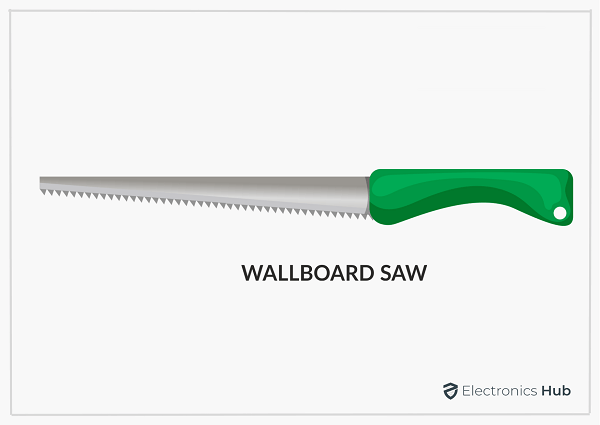
Power Saws
1. Stationary Band Saw
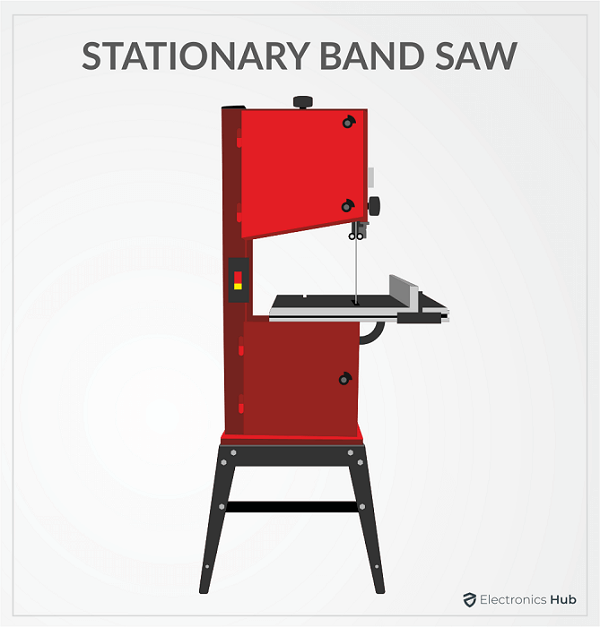
2. Portable Band Saw
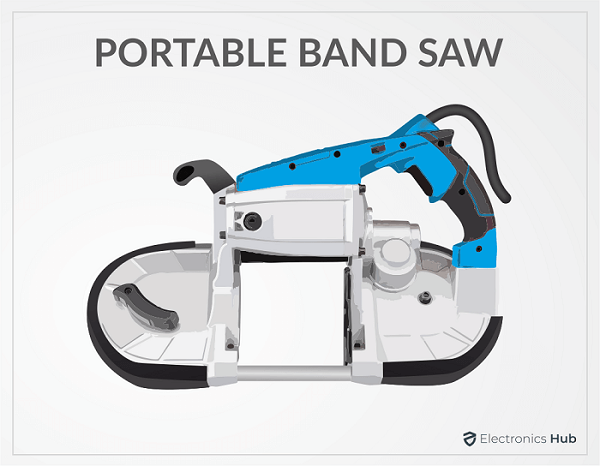
3. Chainsaw
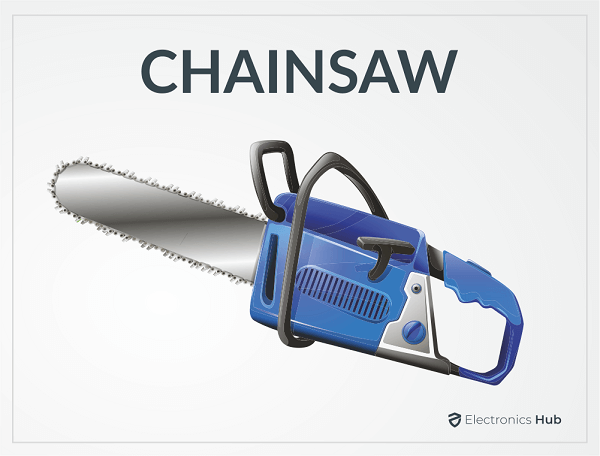
4. Chop Saw
5. Circular Saw
6. Compound Miter Saw
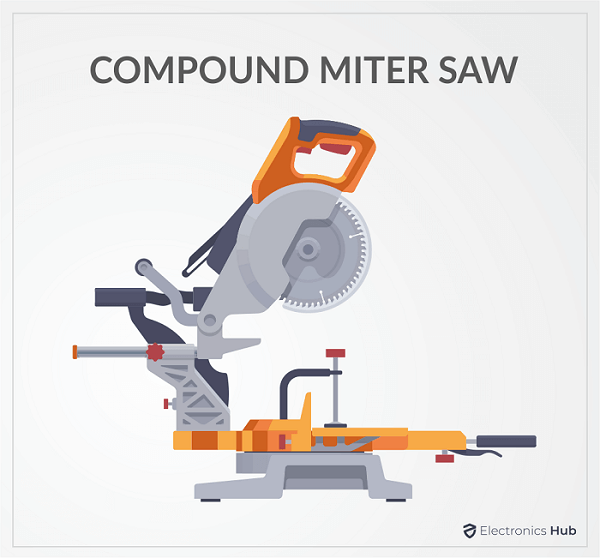
7. Flooring Saw
8. Jigsaw
9. Miter Saw
10. Oscillating Saw
11. Panel Saw
12. Radial Arm Saw
13. Reciprocating Saw
14.Rotary Saw
15. Scroll Saw
16. Table Saw
17. Tile Saw
18. Track Saw
Conclusion

